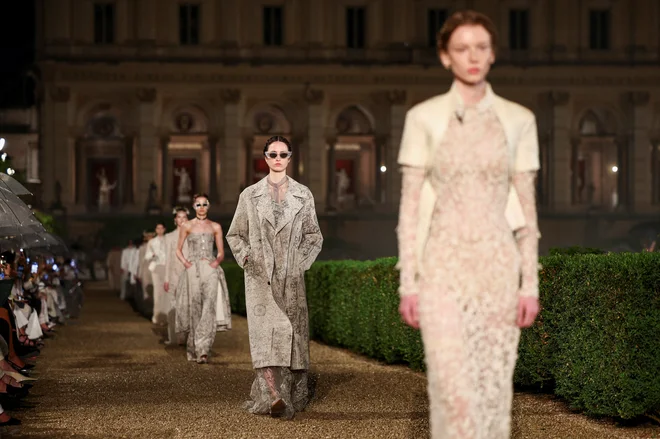Good thing we don’t have pands (s)

At the Schönbrunn Zoo, they have a new inhabitants. They were expected by almost the entire Austrian national summit, as well as Chinese next to them, and they were prepared a solemn reception. We wrote an article and got stuck at the title. Did two giant pandas, two giant panda or giant pandas arrive in Vienna?
In the editorial we switched heads, the proofreader had a lecture, we all understood less and less and more and more, the result was as follows:
The Vienna Zoo has two new giant pandas.
The giant or large panda is one of the most popular animals in the world.
The first Panda, born in Vienna, was FU Long.
Of course, the proofreader had to repeat the facts several times, but nice in a row. Panda, a bear with black and white hair that feeds on bamboo and lives in southwestern China, is a male noun in Slovenian, but a change has occurred. Nouns of other male declining that indicate animals, e.g. Ara, chinchillas, chihuahua, including panda, pass between female nouns. Male gender is preserved mainly in zoology (giant panda, cat panda).
Or, as they wrote at the Language Advisory Center: like pronouns, nouns are exceptionally established in several genders, namely multi -sexuality, both domestic and taken over (Pando, as a stranger, from German and English, and came there from Nepalese language), which adapt to Slovene gradually. But as they concluded, the choice of declining according to the grammatical possibilities of the Slovenian language is, in principle, arbitrary, but not. In matching proportions (adjective and verb), the « real » gender of the noun is shown.
Then, of course, the question was how to distinguish a male and female in pandas, but they offered the answer in Vienna. With the name. The first is bamboo, the second orchid … So at least in Slovenian there will be no additional embarrassment. And well, we do not have pandas at the Ljubljana Zoo.







